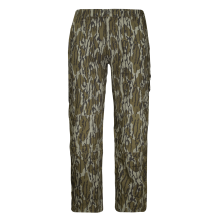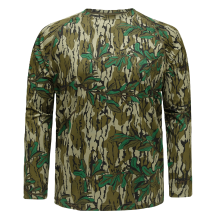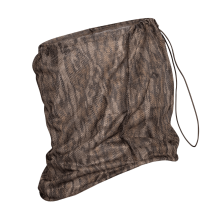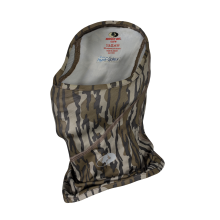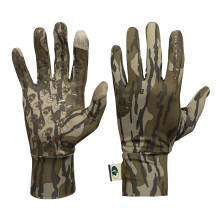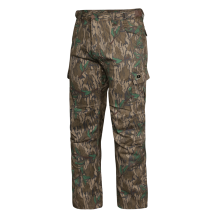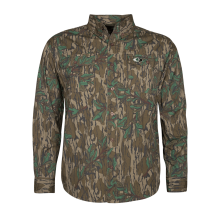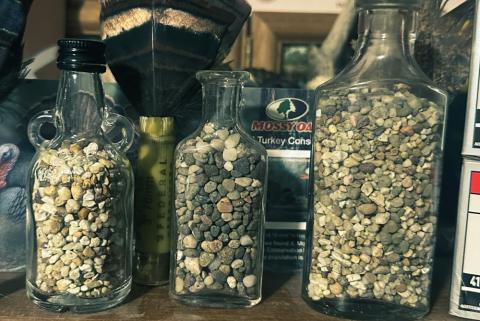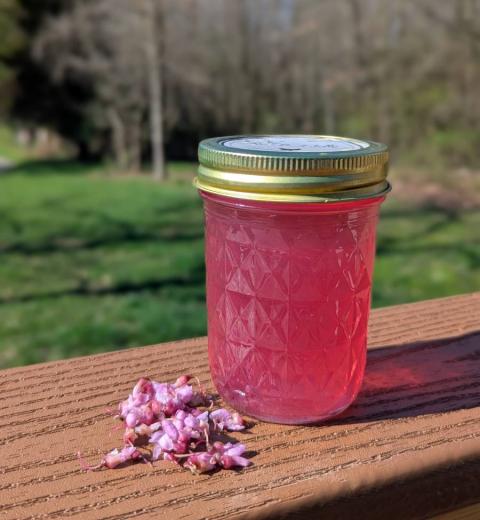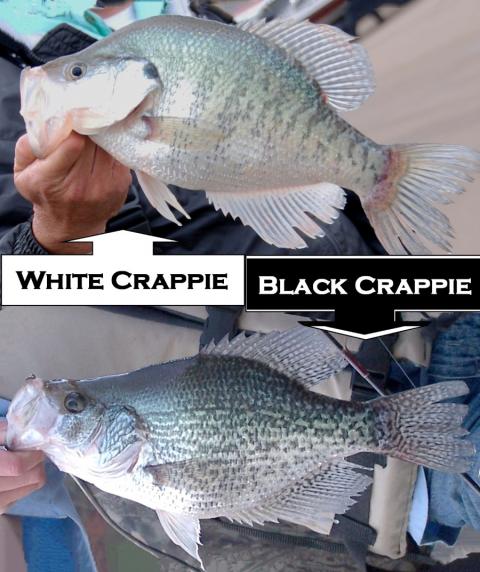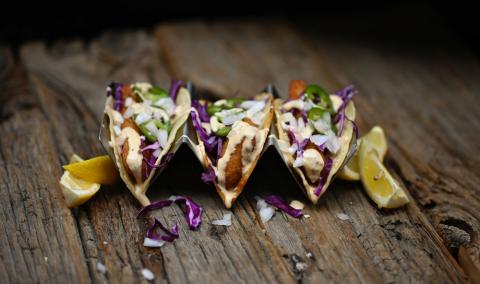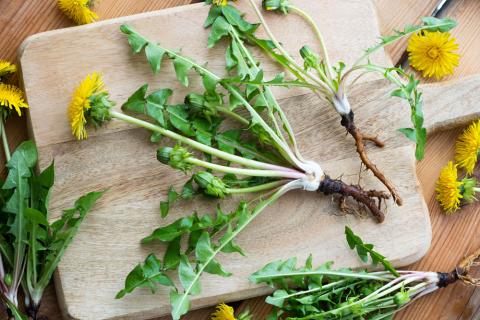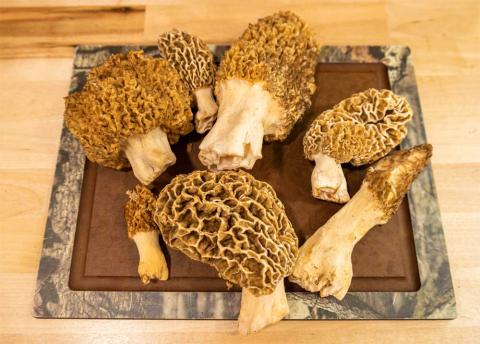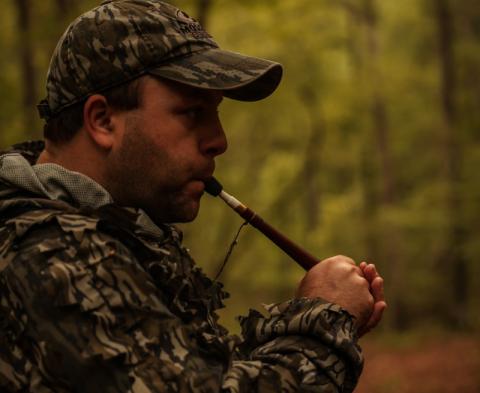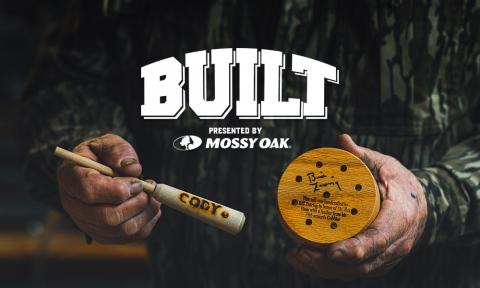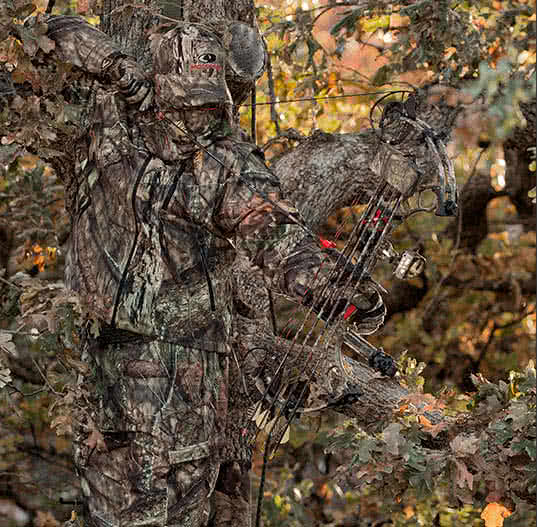Brandon Rapp
Wild turkeys can be difficult, disappointing, uncooperative, and infuriating, and that’s only in the kitchen. For many, cooking a wild turkey can be so difficult it makes it seem like killing one is the easy part.
Enjoying the bounty of your time outdoors on your dinner table closes the loop for why so many of us head into the woods. Since no one is probably trying to serve bad meals, here are some tips to help respect the animal and have a better tasting wild turkey that is a well-deserved reward for your hard work and skills as a hunter.
Clean Your Turkey within 90 Minutes
You’ve killed the bird, celebrated, and taken a few pictures which is all great, but the whole time the clock is ticking on that turkey’s meat quality. Birds as large as wild turkeys can succumb to meat spoilage from bacteria made by the bird’s natural body heat.
You would never think to not field dress a deer, especially on a warm day in the 70s or 80s like some days in the spring turkey woods can be. After you have your bird, consider how long it will be until you can get to where you plan to clean your bird. Most agree that if it’ll be longer than 90 minutes, you should field dress your bird where you recovered it.
Like a deer, field dressing will clean out any bodily fluids that could harm the meat and allow the carcass to expel excess heat that could sour what would otherwise be delicious turkey meat.
Brining and Marinating is Key
Techniques like brining and marinating meat for cooking have become fairly commonplace with all of the information available in books and on the internet today. If you don’t have a favorite marinade or you’re not sure what to do, you can never go wrong with a brine made from one tablespoon of coarse salt to one cup of water when brining the turkey in parts. For larger quantities of brine for say the whole bird, use one cup of coarse salt to one gallon of water.
The benefit of a brine will help to not only flavor your game meat, but also draw out unpleasant blood and other tastes that can be off putting. It will also help the cuts to hold moisture which helps to fight the meat drying out as wild turkeys are fairly lean birds with little fat unlike their farmed cousins from the grocery store.
Breast Meat vs Leg Meat

Almost everyone would agree that the picture of a whole roasted turkey being served on the table is pleasing to the eye. The trouble is a turkey’s legs and thighs take longer to cook to a safe consumable temperature than the breast meat. To avoid drying out the breast meat most chefs in restaurants will break the turkey down into legs, thighs and wings to cook separately from the breast.
You can cook the legs, thighs, and wings in a slow cooker or in the oven then shred the meat off of the bone for BBQ sandwiches, tacos, or soups.
Slow roast the turkey breast like a store-bought bird, around 325 degrees Fahrenheit in most ovens. Basting it with chicken broth or its own juices keeping an eye on the meat’s temperature to not go over 165 degrees. When it gets 5-10 degrees before the final temperature, take it out of the oven and let it set on the stove top to rest which will redistribute the juices back into the meat and continue cooking without drying the meat out. The final temperature of the meat should be at least 165 degrees Fahrenheit in the breast meat and 175 degrees Fahrenheit in the thigh meat.
If you have a smoker at home, feel free to brine and smoke your wild turkey for next level taste and preparation. Be careful of any leftover BB shot that might still be left in the bird’s meat and enjoy with those you love to cook for.







